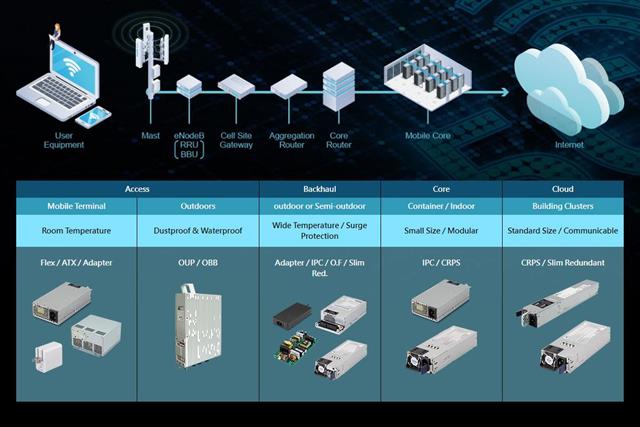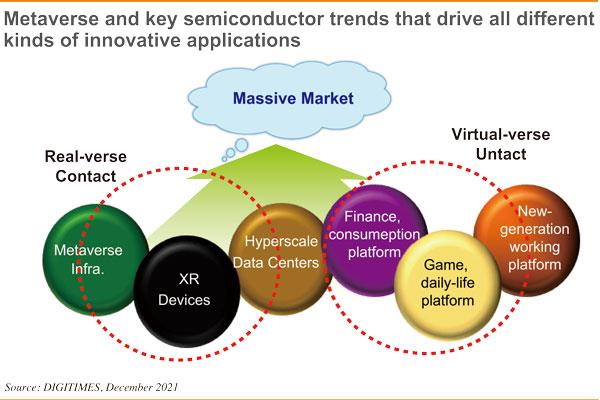Many private networks view cloud platforms and Internet-of-Things (IoT) as their future core operating platforms. Through a close integration of all aspects, systems can perform various smart functions. IoT first emerged as an architecture based on centralized computing, but transferring all terminal data to an upper platform causes a massive burden to upper layer computing units and to the bandwidth of middle layer transmission networks, resulting in poor system performance. For certain scenarios with a higher demand for real-time applications, this issue may influence a company's willingness to implement this technology. In order to solve poor system latency, edge computing was introduced, which gives terminal equipment a certain degree of computing capabilities, so that systems can quickly respond to user demands on the front end, optimizing user experience.
While edge computing provides high performance, its system architecture is much more complicated compared to centralized computing. The addition of different disciplines in each field of application requires that the chassis, power supply, display, connectors, wiring, embedded systems, and other components of the system be adjusted for differentiated needs. By doing so, each system architecture and its performance can better meet the demands of its field through an optimized edge computing system.
Five major companies, including Chenbro, FSP, Coretronic, JPC, and ADLINK have formed an alliance as the top domestic companies in their respective fields. Their technology and implementation expertise establishes them as the top experts within their industry. By implementing close, interdisciplinary partnerships, they are able to work with companies in different fields to construct edge computing systems that possess both performance and reliability, assisting companies with their digital transformations and enlarging their market competitiveness in the smart digital era.


















